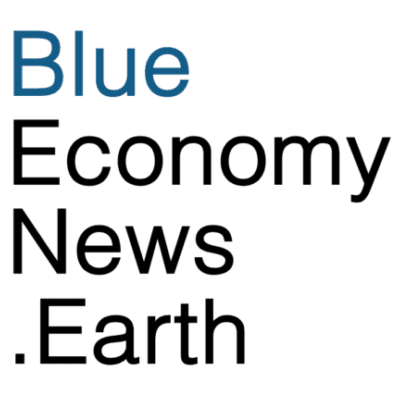Researchers at the University of Sharjah said they have developed an innovative method to transform shrimp waste—typically discarded in large quantities by the seafood industry—into a carbon product capable of capturing carbon dioxide (CO2). The technology utilizes shrimp shells, heads, and intestinal tracts to produce activated carbon.
Shrimp, lobster, and crab shell processing generates up to eight million tons of waste annually, much of which is discarded. The study utilized white shrimp waste—specifically shells and heads—sourced from Souq Al Jubail in Sharjah, in the United Arab Emirates, with the shrimp originally harvested in Oman. The waste was meticulously cleaned and air-dried before processing.
Researchers pyrolyzed shrimp waste to produce biochar, then treated it with acid, chemical activation and ball milling. They said the resulting activated carbon exhibits strong CO2 capture performance and long-term stability across multiple adsorption–desorption cycles. Their study was originally published in the journal Nanoscale.
Dr. Haif Al-Jomard who led the study said the material demonstrates excellent CO2 adsorption capabilities, positioning it as a promising candidate for industrial carbon capture applications.
“Our study turns shrimp waste into a high-performance carbon product. This not only addresses the environmental challenges posed by seafood waste but also contributes to global efforts to reduce greenhouse gas emissions and climate change mitigation.”
Professor Chaouki Ghenai, co-author and expert in Sustainable and Renewable Energy at the University of Sharjah, emphasized the economic and environmental benefits of the method. “This approach offers a cost-effective route to producing activated carbon, turning a problematic waste stream into high performance, efficient, and environmentally friendly product with wide-ranging applications.”
Activated carbon derived from shrimp waste has potential uses beyond carbon capture, including air and water purification, solvent recovery, gold extraction, and even medical applications. In the context of carbon capture, utilization, and storage (CCUS), the material could be adopted by industries such as power generation, cement, steel manufacturing and petrochemicals.
The researchers highlight that their method aligns with the principles of the circular economy, resource efficiency, and waste valorization, eliminating waste and pollution by reducing overall resource consumption and converting by-products into valuable and highly efficient resources.
“Our findings validate a scalable and sustainable strategy for shrimp waste valorization,” they write. “The combined thermal, chemical and mechanical treatments of shrimp waste enhance both the textural and chemical properties of the final activated carbon material, making it a viable solution for climate change mitigation.”

